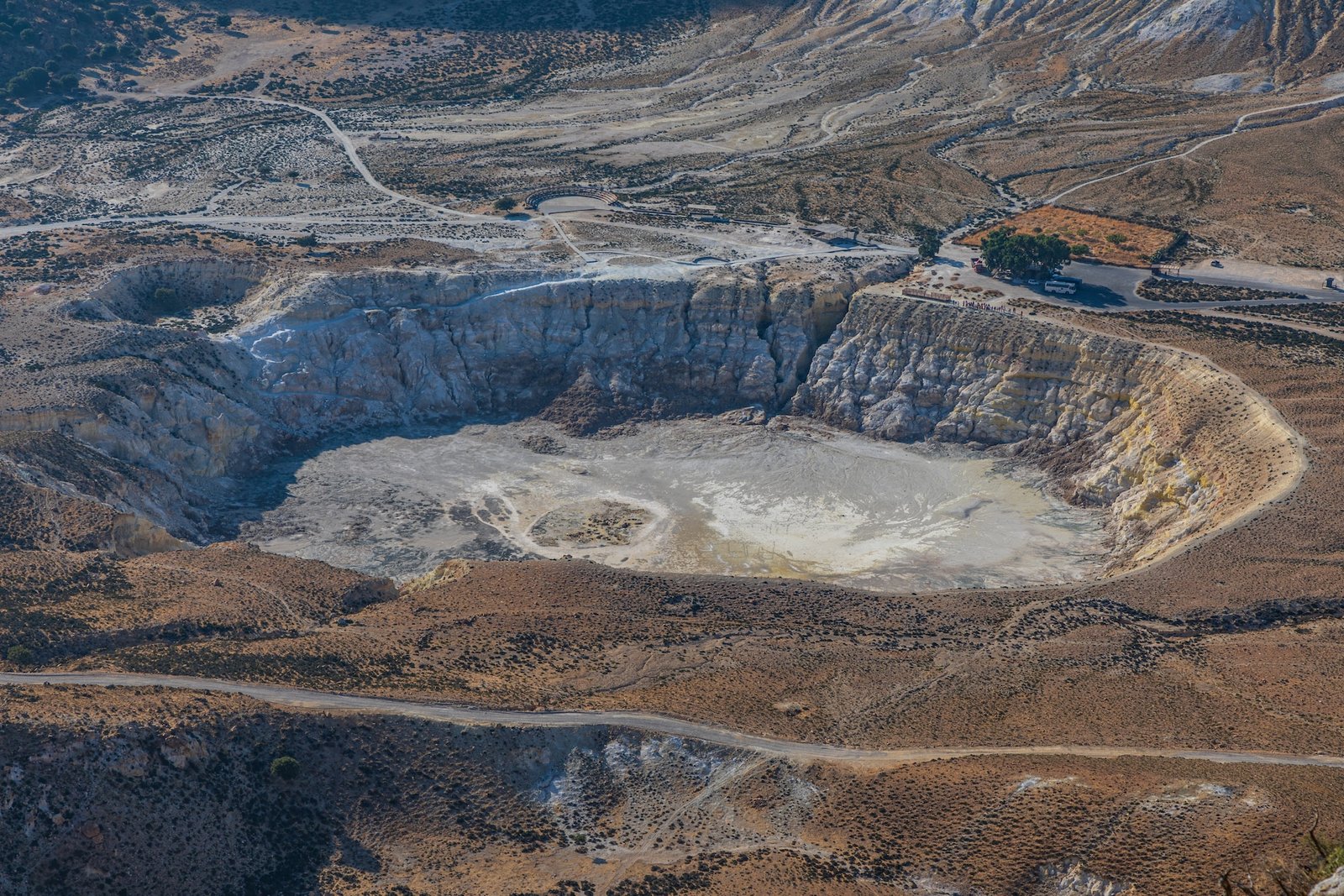Stefanos Crater in Nisyros is considered to be one of the largest volcanic craters in the world and measures over 300 meters in depth and 1.5 kilometers in diameter.
The crater was formed over 160,000 years ago and is still considered to be active, with multiple fumaroles producing steam and sulfur gases.
The crater is a popular tourist destination on the island of Nisyros, with visitors able to take guided tours of the site and experience the unique geological features firsthand.



Comment (0)